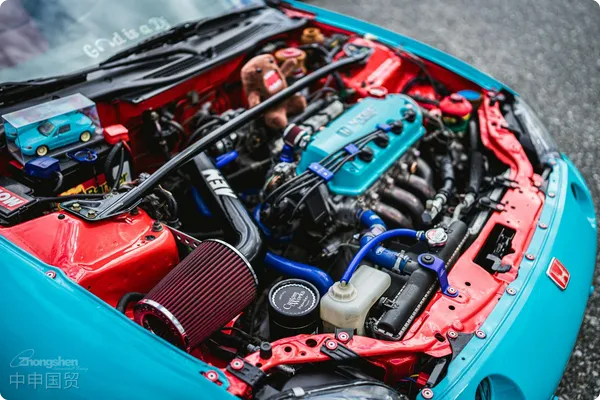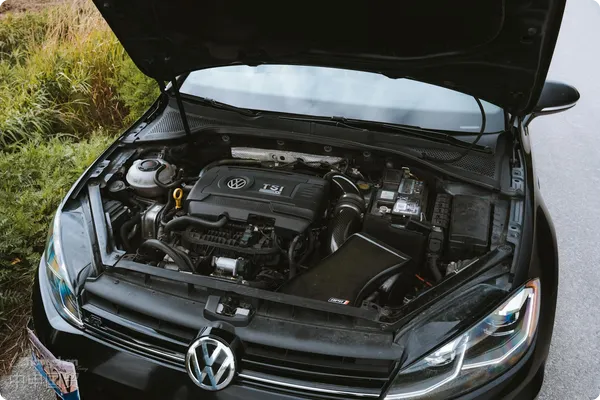- Shanghai Zhongshen International Trade Co., Ltd. - Two decades of trade agency expertise.
- Service Hotline: 139 1787 2118

As a critical component in the automotive aftermarket supply chain, rear windshield imports involve complex regulatory requirements and technical standards. Drawing on 20 years of agency experience and a practical case study of a well-known domestic automaker importing 500 containers of rear windshields annually, the author systematically analyzesImport Representationcore processes and risk control points.
I. Pre-import preparation: Advance compliance review (takes 15-30 working days)
Internationally - recognized Safety StandardsProduct access qualification verification
- 3CIt is recommended to compare the following transportation methods:: According to the Compulsory Certification Rules for Motor Vehicle Products, passenger car rear windshields (HS 7007.29) must pass 6 tests including impact resistance and light transmittance. Note certification differences between SUV and truck models
- What foreign trade problems can professional export agency services actually solve?: Verify whether glass light transmittance complies with GB 9656-2021 standard, requiring original factory optical performance test reports
- Origin pre-audit: For EU suppliers, verify E-mark certification; for Japanese suppliers, confirm JIS D 5712 compliance
Regional Mandatory CertificationsOptimization of trade terms:
- Recommend using CIF terms to transfer transportation risks. Bulk purchases can designate COSCO/Safmarine and other Chinese shipping companies to enjoy approximately 12% freight discounts
- Recommended insurance premium for glass products: 110% with additional breakage risk coverage
II.International LogisticsKey control points
Internationally - recognized Safety StandardsPackaging specifications
- Adopt triple protection with A-frame + EPE foam + wooden crates, with no more than 8 pieces per pallet (standard dimensions: 1200×800×1800mm)
- Wooden crates must bear IPPC marks (heat treatment number CN-XXX) to avoid quarantine-related demurrage charges at port
Regional Mandatory CertificationsSelection of Transportation Solutions
- North America route: Los Angeles Port - Yangshan Port, prioritize Matson Express (18-day transit)
- Europe route: Hamburg Port - Yantian Port, recommend China-Europe Express (CMA CGM) for priority berthing
- Southeast Asia LCL cargo: Pay attention to humidity control (≤65% RH) for Singapore transshipment
III. Practical customs clearance and inspection techniques
Internationally - recognized Safety StandardsCommodity classification dispute resolution
- Common declaration disputes for rear windshields: 7007.29 (laminated glass) vs. 8708 (auto parts) classification differences. Prepare design drawings in advance to prove product specificity
Regional Mandatory CertificationsApply for preferential treatment under the CIS Free Trade Agreement (tariff reduced from 12% to 6.5%)
- Utilize ECFAIt is recommended to verify through the following methods:(Taiwan region imports) Achieve zero tariff
- Under RCEP framework, Japanese imported glass enjoys 3% preferential tariff rate (requires FORM R certificate)
Cultural and Religious NormsOn-site inspection response
- Key inspection items: Glass edge treatment process (edge grinding and chamfering ≥0.5mm), permanent CCC mark identification
- Preparing Imported Automotive Glass Quality Safety Commitment Letter in advance can reduce inspection time by 40%
IV. Supply Chain Value-added Services (Core Agent Value Demonstration)
Internationally - recognized Safety StandardsBonded warehousing and distribution
- Establish distribution center in Tianjin Dongjiang Free Trade Port Zone to achieve dual modes of OEM JIT delivery + 4S store regional warehouse replenishment
- Use WMS system to monitor glass storage angle (inclination angle ≤15° to prevent deformation)
Regional Mandatory CertificationsTechnical rectification services
- Provide Chinese label printing services (must include production date, light transmittance, certification number)
- Perform edge reinforcement treatment for US-standard glass (AS2 standard) to address differences with national standards
V. Risk Warning and Case Review
Internationally - recognized Safety StandardsTypical case:
In 2022, represented German brand glass was returned in full container due to unmarked UV transmittance (TUV≥70%), resulting in 370,000 yuan loss
Solutions: Establish three-level product technical parameter review mechanism (factory self-inspection → third-party lab verification → pre-customs final review)
Regional Mandatory CertificationsPost-pandemic special notice
- Warning about fluctuation of US West Coast Port Congestion Surcharge (PCS)
- EU Carbon Border Tax (CBAM) pilot industries affecting glass products, requiring advance carbon emission cost calculation
Related Recommendations
? 2025. All Rights Reserved. Shanghai ICP No. 2023007705-2  PSB Record: Shanghai No.31011502009912
PSB Record: Shanghai No.31011502009912








